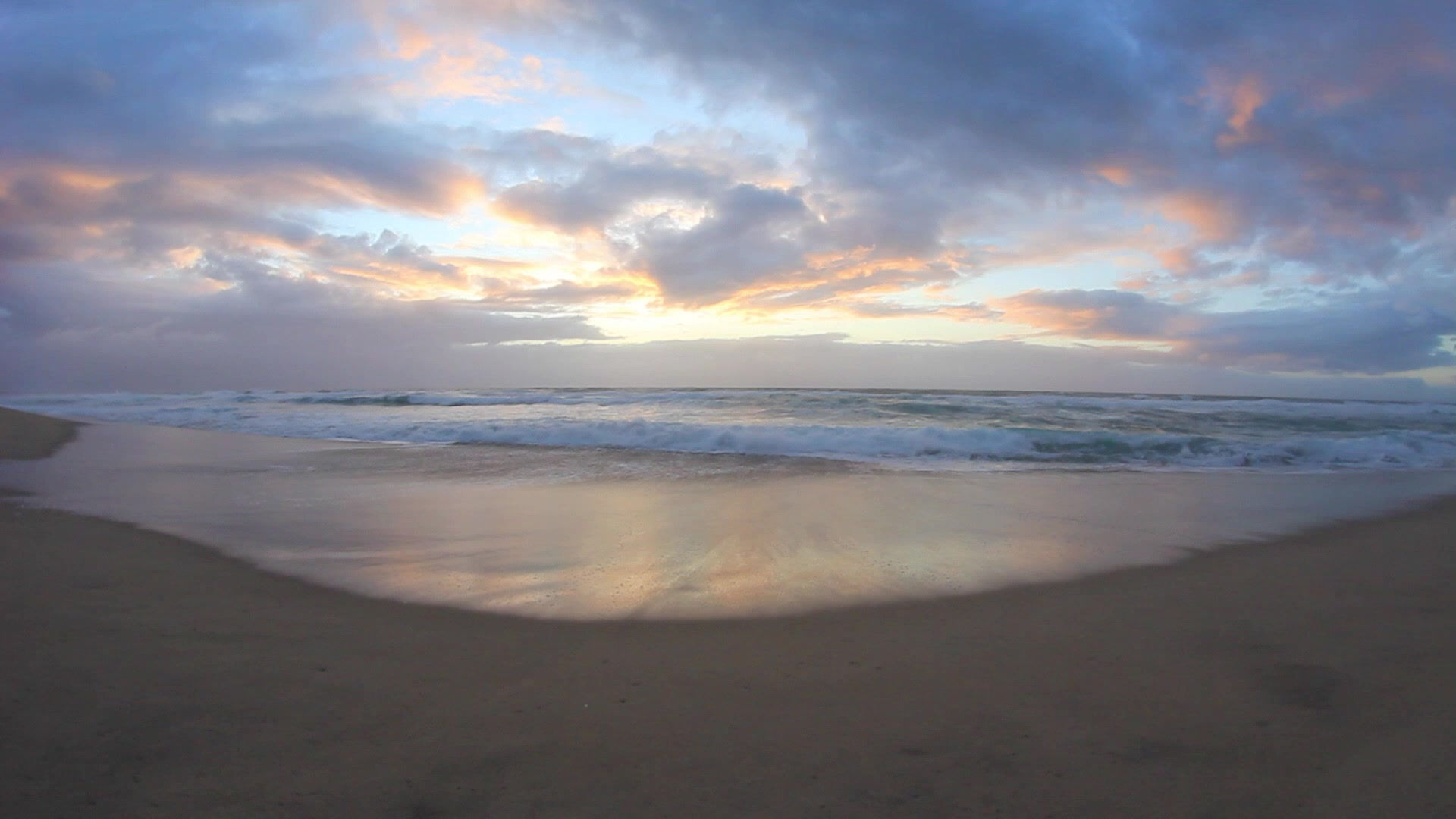GTM Alternative Spring Break
- Olivia Smith
- Mar 31, 2016
- 2 min read

On the 2nd and 3rd of March in 2016, I participated as an Honors Program volunteer at the Guana Tolomato Matanzas National Estuarine Research Reserve (GTM). This alternative spring break trip was located in Ponte Vedra, St. Augustine. The first thing we did upon arrival was learn about what we were doing. Although we knew we were helping the environment, we did not realize the huge impact we were making by participating on this trip. We took an eco-tour near the Matanzas Inlet and learn about the ecosystems and the wildlife that coexist in the area. After we were educated about the area we began working.
We all prepared ourselves with proper attire, boots, gloves, and bug spray, and gathered into groups. Each group took a golf cart and went off towards the shoreline where we would be working. Once we reached our destination, we were given instructions. The oyster bags that were in the back of the golf carts and in the back of the truck were to be removed and put in a large pile. From there, each person would carry an oyster bag to a designated area near the shore. The designated areas served as the spots for the two oyster reefs we would be creating. Our load included two tons worth of oysters. We created concave arc structures out of the oyster bags to create the oyster reefs. The reefs we placed had two layer and were staked into the ground for stability.


The purpose of this service project had several environmental benefits. One of the purposes is that the shells used reduced landfill waste. The oyster shells we used were from restaurants. After people go out to eat, the restaurants throw away the oyster shells which take up space in landfill because they don’t decompose like other materials. Some restaurants set the oyster shells aside for volunteering organizations such as this. The oyster shells are then taken and bagged for the oyster reefs. These oyster reefs serve as ecosystems for various lifeforms. During the trip, snails, crabs and other small creatures were crawling and hiding within some of the older reef bags that were on the shoreline. As we began placing new bags down, we realized just how many creatures there were. Along with creating new habitats, these reefs also stimulated oyster reproduction. Additionally, these reefs protected the shoreline from erosion. By doing this, we encourage growth of the marsh grass.
This trip has taught me so much about how just spending a few hours can have so many effects. Not only did we reduce landfill waste, but we also created habitats for hundreds, or thousands, of creatures as well as encourage plant growth. Throughout the trip, teamwork was one of the main reasons we were successful. Not only did the group I worked with prove to be efficient but we found new ways to get the job done quickly. I truly appreciated the opportunity to serve my environment in such a simple way.


























Comments